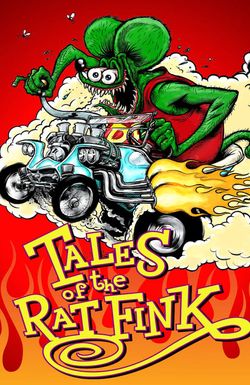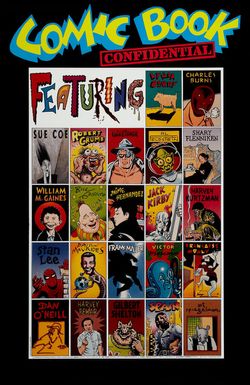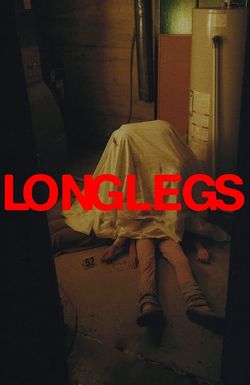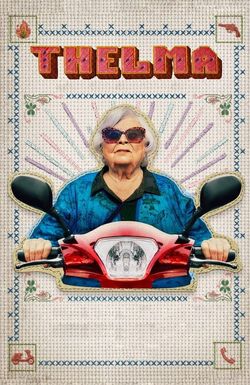Dance in white Middle America up to the early 1950's was traditional ballroom, where dance moves were standardized. It was more a technical exercise than an emotional one. White youth of the period began to look toward the black community and rhythm and blues music, which gave them the sense of wanting just to move in a whole new way. For white Middle American youth, this music morphed into rock and roll. Despite establishment deeming rock and roll to be Satanic and/or Communist, it took off amongst the younger generation. The combination of rock and roll and dance was presented to American youth through American Bandstand (1952),which told youth what the trends of the day were. However, much of the dance shown on network television was Caucasians trying to dance like black Americans, but with no hip movement. This changed with the dance "The Twist", which also revolutionized the concept of not being reliant on what one's dance partner was doing. Although it had its detractors, The Twist became fashionable across race, generation and socioeconomic status. It became more than a song and a dance - it became a commodity. Because of the craze, everyone was trying to come up with the next big thing, no one ever achieving that goal.
Twist
The history of post-World War II popular dance up to the mid-sixties is explored with the focus being on the Twist.

















